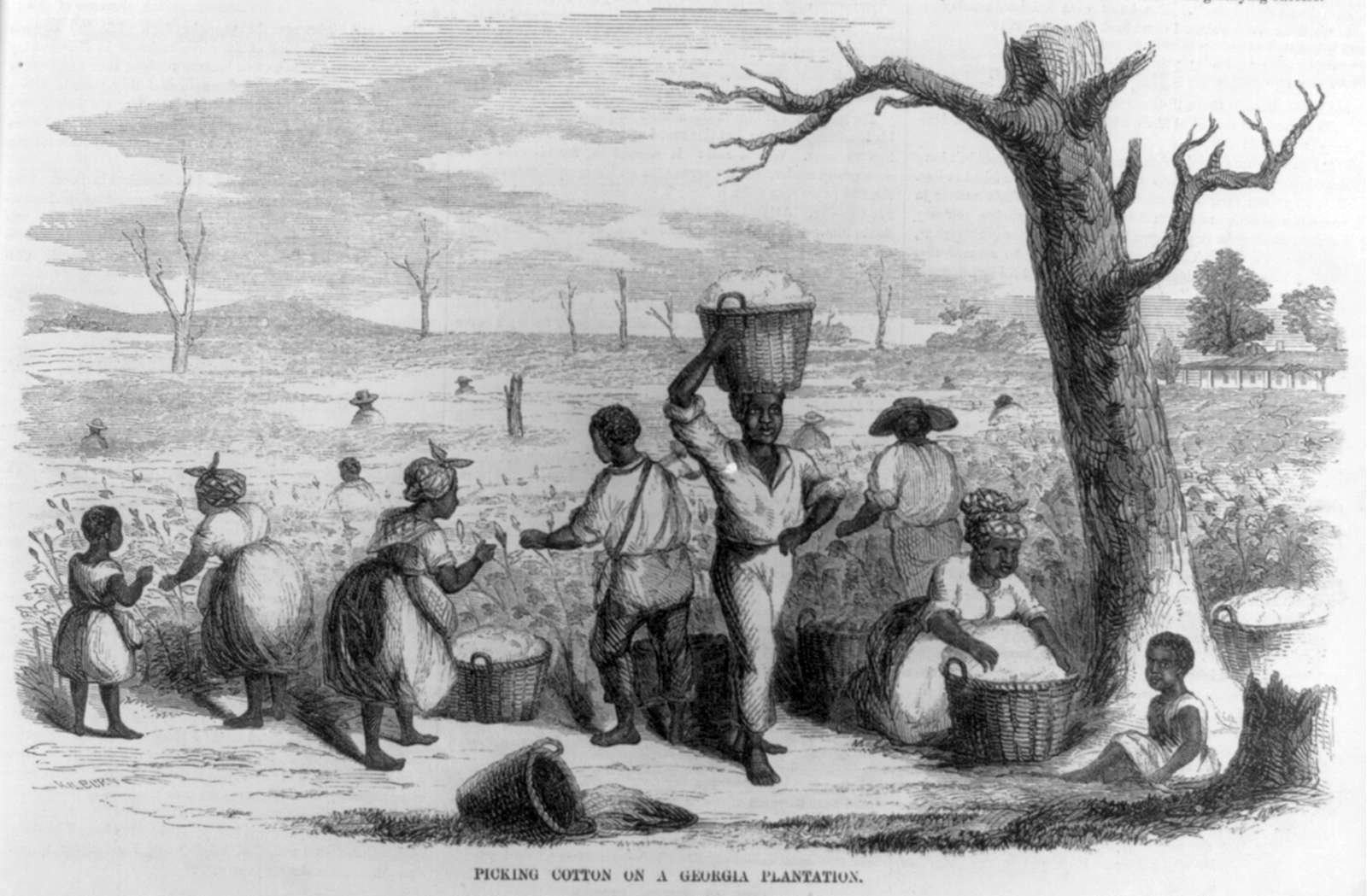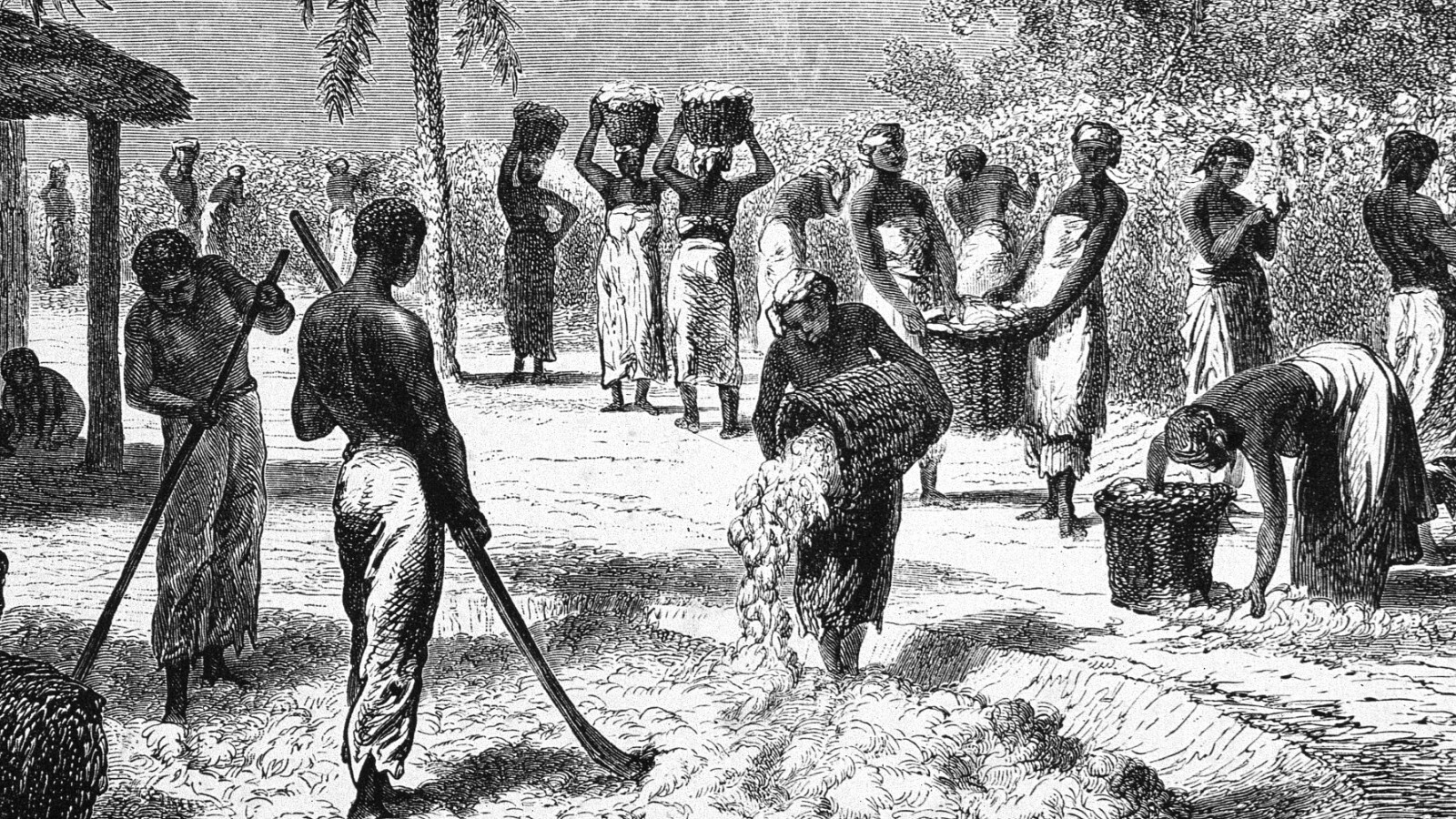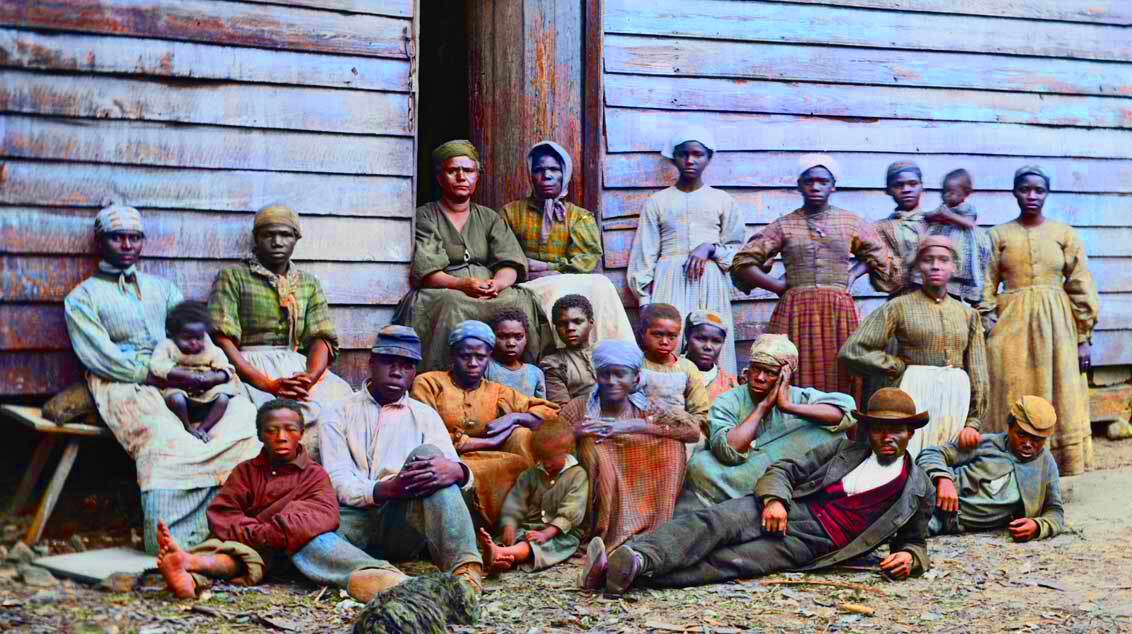The historical
images from slavery in the USA are a source of a great deal of heartbreak. These
images are reminders of what many people went through. Reviewing these
Significance of Historical Images in Understanding Slavery

The analysis of slavery relies heavily on historical
images due to several factors, including:
- Visual Representation: Images capture emotions and experiences that words sometimes fail to convey. They provide a visual context to the historical narrative.
- Documentation: These images serve as important historical documents, preserving the reality of slavery for future generations. They help us acknowledge and confront this part of our history.
- Education: Photographs and illustrations are powerful educational tools. They can engage students and spark interest in learning about slavery and its implications.
- Awareness: Sharing these images fosters awareness and understanding of the impact of slavery, helping to combat ignorance and prejudice.
The struggles of those who lived through slavery can better be understood with an appreciation of what these photographs represent, enabling us to appreciate their impact on our historical recording.
Types of Historical Images Documenting Slavery

Pictorially, slavery in the United States is a complex subject that can be interpreted through various lenses.Different types of these
images help us understand better this complicated situation:
| Type of Image | Description |
|---|
| Photographs | Images taken during the 19th century that showcase enslaved individuals, plantations, and abolitionist efforts. |
| Illustrations | Drawings and paintings that depict scenes from the slave trade and life on plantations, often highlighting the inhumane conditions. |
| Advertisements | Printed materials that advertised enslaved individuals for sale, providing insight into the commodification of human lives. |
| Posters and Broadsides | Public announcements related to slavery, including abolitionist messages, that illustrate the societal context of the time. |
These various
images contribute towards a general understanding of slavery in America. By analyzing them, we can have a more complete picture on the travails and sufferings that were experienced by people during this period of time.
Notable Photographers and Their Contributions

Several important photographers have documented the harsh and painful reality of slavery in the United States over time. They have been able to show what slavery looked like, both in its physicality and emotional impact. In this article we will discuss some important photographers who helped in those contributions.
- Matthew Brady: Known for his Civil War photography, Brady also captured images of enslaved individuals before the war. His photographs helped bring the harsh realities of slavery to the public eye.
- Harriet Ann McClure: One of the few female photographers of her time, McClure documented the lives of freed slaves during the Reconstruction era. Her work emphasized the resilience and strength of those who had endured slavery.
- J.P. Ball: An African American photographer, Ball documented the lives of freedmen and women, showcasing their dignity and humanity. His work provided an important counter-narrative to prevailing stereotypes.
The people who have taken pictures showed in their photographs the difficulties that slaves experienced thus altering how people perceived them and motivating social changes. Such efforts are still important today when we are trying to understand what it means to live with slavery’s impacts in America.
Impact of Historical Images on Modern Society
The historical representations of slavery do not only impact us at the time they were produced but also far beyond.In contemporary societies, such
images have various functions as:
- Awareness: Historical images raise awareness about the realities of slavery, educating new generations about this dark chapter in history.
- Conversations on Race: They provoke important conversations about race, identity, and social justice, helping to address ongoing issues stemming from slavery.
- Art and Culture: Many artists and filmmakers use these images as inspiration for their work, creating pieces that reflect on the legacy of slavery and its relevance today.
- Commemoration: Historical images are often used in memorials and museums, serving as a reminder of the past and honoring those who suffered.
Overall, historical images of slavery are crucial in molding our understanding of history and are key to present-day social issues. They promote contemplation and development, leading society to a fairer tomorrow.
Challenges in Accessing Historical Images
Historical representations of slavery, though they are priceless assets, may pose many difficulties in terms of attaining them.Below are some typical obstacles.
- Copyright Issues: Many historical images are still under copyright, making it difficult for educators and researchers to use them freely.
- Preservation: Some images have deteriorated over time due to poor storage conditions, limiting their availability and quality.
- Limited Availability: Not all collections are digitized, meaning many images remain in archives or private collections that are not easily accessible.
- Contextual Understanding: Without proper context, some images can be misinterpreted, leading to a skewed understanding of historical events.
Notwithstanding these obstacles, various establishments and organizations are making efforts to convert into digital form and conserve these significant pictures. With historical infant pictures available to everyone, this would be a good way of learning from the past and engage in constructive talks concerning our common history.
Resources for Finding Historical Images of Slavery
Tracing back in time when slavery existed for many people today seems like a wild goose chase as finding artifacts of such nature can be hard. Below however are several instruments which help ease the search: if you are a university student, researcher or an individual who just wants to know more about it; these instruments will help.
- Online Archives: Websites like the Library of Congress and the National Archives host extensive collections of historical images related to slavery. You can search their databases for specific themes or events.
- Museum Collections: Many museums, such as the Smithsonian National Museum of African American History and Culture, have online exhibitions featuring images from the slavery era.
- Academic Databases: University libraries often provide access to digital collections and archives where you can find images, documents, and other primary sources related to slavery.
- Books and Documentaries: Many authors and filmmakers have compiled collections of images in books and documentaries that focus on slavery, providing context and analysis along with the visuals.
By using these materials, you can get a lot of historical photographs that add to your knowledge about slavery and how it affects people even today.
Frequently Asked Questions
When we set out to examine the subject of historical representations of slavery, it is only reasonable that we may have some doubts. For instance, there are a few of the most frequently asked questions that will assist you on your way:
Why are historical images of slavery important?
- These images provide visual documentation of the past, helping us understand the harsh realities of slavery and its impact on society.
How can I ensure that I'm using images ethically?
- Always check the copyright status of an image before using it. If it’s in the public domain, you can use it freely; otherwise, seek permission from the copyright holder.
Are there resources for learning more about the context of these images?
- Yes, many online archives provide background information and context for their collections, including essays and historical analysis.
Can historical images be used in educational settings?
- Absolutely! These images can serve as powerful teaching tools that engage students and foster discussions about history and social justice.
Conclusion on the Importance of Historical Images
Ultimately, historical pictures of slavery are profoundly vital for comprehension our past. They aren’t mere images; they provide insights into the past that demonstrate the hardships endured as well as strength shown by enslaved beings.Through these visuals we can learn how to:
- Recognize the Past: Acknowledging the reality of slavery is essential for understanding the roots of systemic racism and inequality that persist today.
- Promote Education: Historical images can enhance education by providing visual context that engages students and encourages critical thinking.
- Inspire Change: By reflecting on the injustices depicted in these images, we can inspire a commitment to social justice and equity in our own lives.
Going ahead, it is vital to keep on looking into these photos and narrating their stories so that we do not forget the teachings of history. In doing this, we honor those who passed through this dark passage and are working hard to ensure a fairer and inclusive society.
 The analysis of slavery relies heavily on historical images due to several factors, including:
The analysis of slavery relies heavily on historical images due to several factors, including: Pictorially, slavery in the United States is a complex subject that can be interpreted through various lenses.Different types of these images help us understand better this complicated situation:
Pictorially, slavery in the United States is a complex subject that can be interpreted through various lenses.Different types of these images help us understand better this complicated situation: Several important photographers have documented the harsh and painful reality of slavery in the United States over time. They have been able to show what slavery looked like, both in its physicality and emotional impact. In this article we will discuss some important photographers who helped in those contributions.
Several important photographers have documented the harsh and painful reality of slavery in the United States over time. They have been able to show what slavery looked like, both in its physicality and emotional impact. In this article we will discuss some important photographers who helped in those contributions.
 admin
admin








